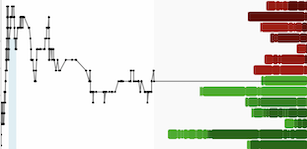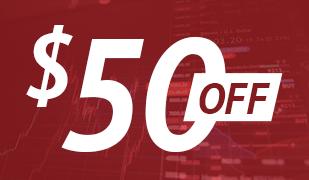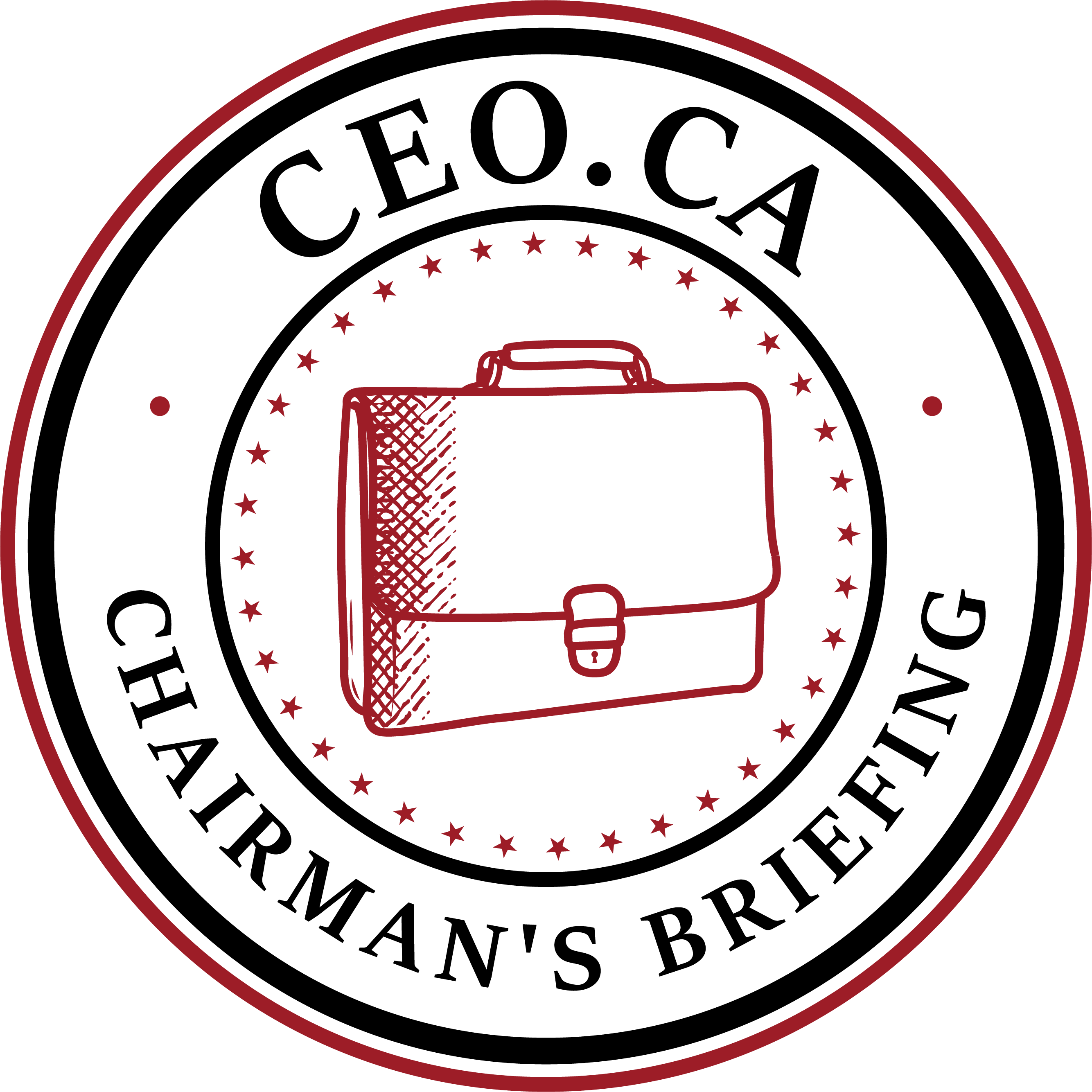The June jobs report showed the U.S. labor market remained more resilient than expected. Nearly half of the increase in nonfarm payrolls came from the government sector, while private-sector job gains were the smallest in eight months as businesses grappled with growing economic headwinds.
President Donald Trump's focus on what critics call “anti-growth policies”, including sweeping tariffs on imported goods, mass deportations of migrants and sharp government spending cuts, has shifted public perceptions of the economy.
Nonfarm payrolls rose by a seasonally adjusted 147,000 in June, surpassing the estimate of 110,000 and edging above the upwardly revised 144,000 gain in May — signalling an economy that’s cooling, but not cracking.
The unemployment rate dipped to 4.1%, better than the 4.3% some had feared — a reminder that, despite tariff disputes and speculation over rate cuts, America’s job engine isn’t stalling just yet.
However, the decline in the jobless rate was largely due to fewer people working or looking for work. The labor force participation rate dropped to 62.3%, its lowest since late 2022.
This mixed report is unlikely to prompt the Federal Reserve to resume cutting interest rates this month, but increases the odds of bigger reductions once the central bank restarts its monetary policy easing cycle.
Markets now see lower odds of a rate cut at the July 29-30 meeting, though two cuts remain the rough roadmap for 2025 — the timing is simply less certain now.
Stocks rose following the report, while Treasury yields jumped. U.S. stock futures edged higher in early Thursday trading following the upbeat jobs data, though the reaction was modest as traders looked ahead to the holiday weekend.
With a half-day on Thursday and markets closed on Friday, stocks made the most of the shortened session.
The S&P 500 gained 0.5%, marking its third record close in the past week, as investors piled into growth and AI-related stocks — the modern-day heroes of the market.
The Dow Jones Industrial Average lagged behind, finishing down by just 11 points — essentially flat — as traders favored riskier tech and small-caps’ names.
The U.S. dollar, meanwhile, rallied across the board. The greenback strengthened against major currencies as traders bet the Fed will hold steady at its next meeting.
Next up: all eyes stay on inflation data and tariff updates to see whether the labor market’s resilience can withstand the summer heat.



